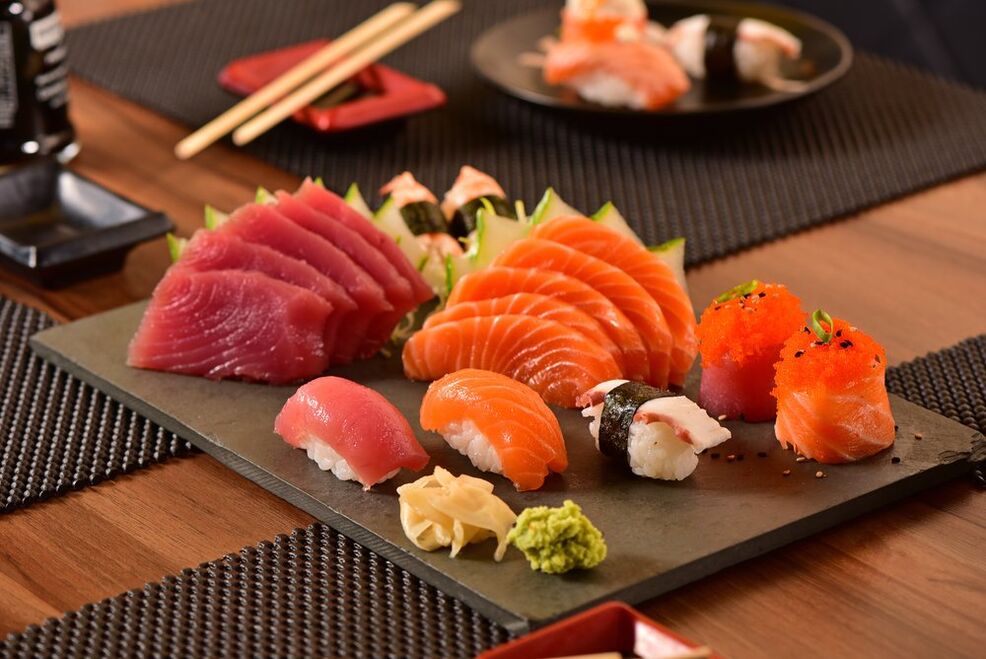It's no secret that different nations have their own cooking habits and preferences. Japanese cuisine attracts a lot, because among the inhabitants of the Land of the Rising Sun there are practically no overweight people. The proximity to the sea leaves its mark on the diet, but rice has been and remains the most important cereal crop here. The Japanese diet for 14 days has the right menu, consisting of these products, and the rest of the nutritional system has nothing to do with it.
Japanese eating habits
These "little ones" and very hardworking eat mainly seafood. Access to the sea provides for their protein needs, which they get along with fish and other sea creatures. The omega polyunsaturated fatty acids they contain prevent many cardiovascular diseases and reduce the risk of death from heart attacks and strokes. This has been confirmed by scientists at Tufts-New England Medical Center in Boston, United States. The Japanese love of sushi and rolls is known to everyone, and this nation very often includes seaweed on the menu.
Fermented foods, which they have been preparing for over a thousand years, go a long way in losing weight and maintaining weight. But even if you can't get your hands on traditional miso, you can easily substitute it for sauerkraut. Their traditional menu does not include sweets, pastries and pastries. In this country, desserts are eaten in very modest quantities, so those who are drawn to the Japanese diet will have to forgo them. But what should accompany almost any meal is tea. Chinese scientists from Zhejiang University have shown that matcha tea water extract has a positive effect on antioxidant status, lipid and glucose levels in a high fat diet.
What foods can you eat in your diet?

The Japanese diet has nothing to do with those rigid food systems so prevalent on the Internet. Why starve when you can create a complete and rational menu of seafood and fish, eggs, rice, all kinds of fruits and vegetables. If desired, you can include in the diet and meat, but only lean varieties - chicken breast, beef, veal, rabbit. It is better to bake, boil, or steam it, because frying as a cooking process is not typical of Japanese culture and has long been proven to be unhealthy. .
Here is a sample menu for a day:
- for breakfast, cheese bread and tea;
- the second breakfast consists of fruit, such as bananas;
- for lunch, cook a soup of vegetables and steamed fish;
- to taste it, rice porridge;
- prepare a seafood salad for dinner.
The Japanese diet lasts 14 days. During this period, you can lose 1-5-7 kg, depending on how much weight the person started it with. Of course, you must first consult a specialist, especially suffering from diseases of the gastrointestinal tract. It may be recommended to include fermented milk drinks on the menu more often - fermented baked milk, kefir, yogurt, but choose only natural drinks with a short shelf life.














































































